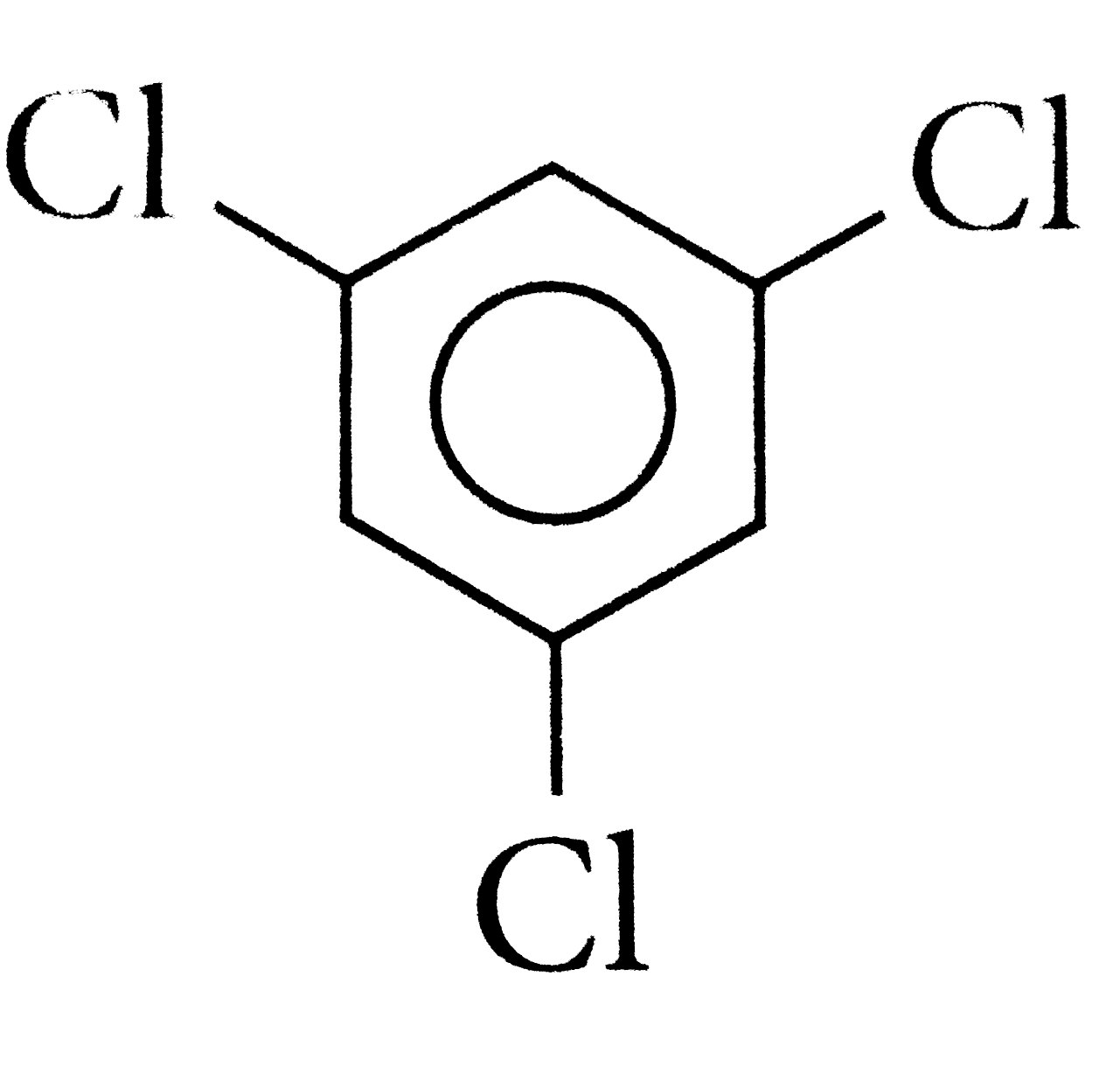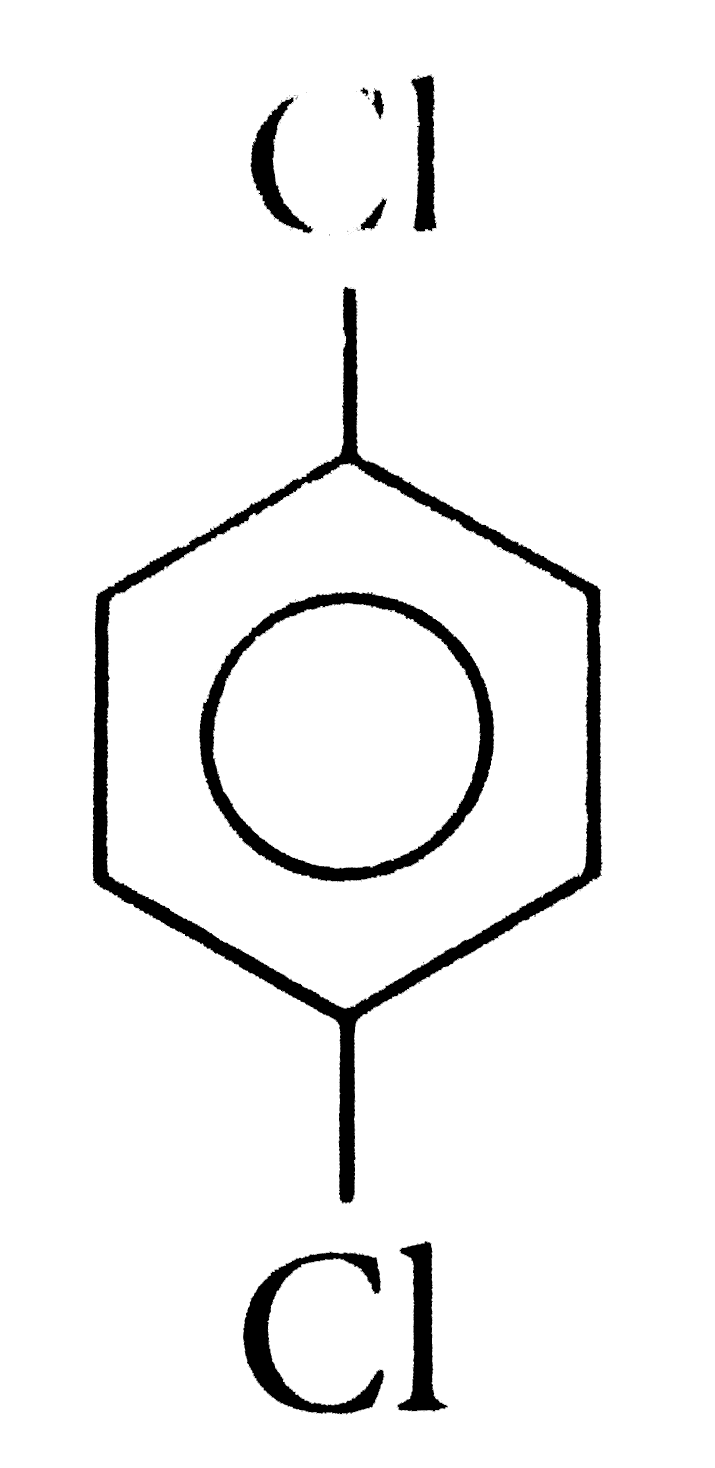Which of the following waves have the maximum wavelength?
X-rays
IR-rays
UV-rays
Radio waves
The correct Answer is:D
To determine which of the following waves has the maximum wavelength, we can analyze the electromagnetic spectrum. The electromagnetic spectrum consists of various types of waves arranged in order of increasing frequency and energy. The types of waves, in order from lowest frequency (longest wavelength) to highest frequency (shortest wavelength), are as follows:
1. Radio waves
2. Microwaves
3. Infrared waves
4. Visible light
5. Ultraviolet (UV) rays
6. X-rays
7. Gamma rays
8. Cosmic rays
1. Understanding the Electromagnetic Spectrum:
- The electromagnetic spectrum includes various types of waves, each with different wavelengths and frequencies. As we move from radio waves to gamma rays, the frequency increases while the wavelength decreases.
2. Identifying the Order of Wavelengths:
- From the spectrum, we can observe that radio waves have the longest wavelengths, followed by microwaves, infrared, visible light, ultraviolet, X-rays, and gamma rays, which have the shortest wavelengths.
3. Determining Maximum Wavelength:
- Since we are looking for the wave with the maximum wavelength, we can conclude that radio waves, being the first in the spectrum, possess the longest wavelength compared to all other types of electromagnetic waves.
4. Conclusion:
- Therefore, the wave with the maximum wavelength is the radio wave.
Final Answer:
The wave with the maximum wavelength is radio waves.
---
2. Microwaves
3. Infrared waves
4. Visible light
5. Ultraviolet (UV) rays
6. X-rays
7. Gamma rays
8. Cosmic rays
- The electromagnetic spectrum includes various types of waves, each with different wavelengths and frequencies. As we move from radio waves to gamma rays, the frequency increases while the wavelength decreases.
- From the spectrum, we can observe that radio waves have the longest wavelengths, followed by microwaves, infrared, visible light, ultraviolet, X-rays, and gamma rays, which have the shortest wavelengths.
- Since we are looking for the wave with the maximum wavelength, we can conclude that radio waves, being the first in the spectrum, possess the longest wavelength compared to all other types of electromagnetic waves.
- Therefore, the wave with the maximum wavelength is the radio wave.
The wave with the maximum wavelength is radio waves.
Topper's Solved these Questions
- ELECTROMAGNETIC WAVESBOOK - DC PANDEY ENGLISHCHAPTER - ELECTROMAGNETIC WAVESEXERCISE - Sec A
51 Videos
- ELECTROMAGNETIC WAVESBOOK - DC PANDEY ENGLISHCHAPTER - ELECTROMAGNETIC WAVESEXERCISE - Sec B
5 Videos
- ELECTROMAGNETIC WAVESBOOK - DC PANDEY ENGLISHCHAPTER - ELECTROMAGNETIC WAVESEXERCISE - Check point 8.1
10 Videos
- ELECTROMAGNETIC INDUCTIONBOOK - DC PANDEY ENGLISHCHAPTER - ELECTROMAGNETIC INDUCTIONEXERCISE - Medical entrances gallery
25 Videos
- ELECTROSTATIC POTENTIAL AND CAPACITORSBOOK - DC PANDEY ENGLISHCHAPTER - ELECTROSTATIC POTENTIAL AND CAPACITORSEXERCISE - (C) Chapter exercises
50 Videos
Similar Questions
Knowledge Check
Which of the following will have maximum dipole moment?
A B
B C
C D
D
If travelling at same speeds, which of the following matter waves have the shortest wavelength?
AElectronBAlpha particle (He2+)CNeutronDProton
Of the following the radition having the maximum wavelength is
View SolutionOf the following the radition having the maximum wavelength is
View SolutionIf travelling at same speeds, whichof the following mater waves have the shortest wavelength?
View SolutionWhich of the following have maximum pH?
View SolutionWhich of the following ions have maximum hydration energy?
View SolutionWhich of the following species have maximum number of electrons ?
View Solution
